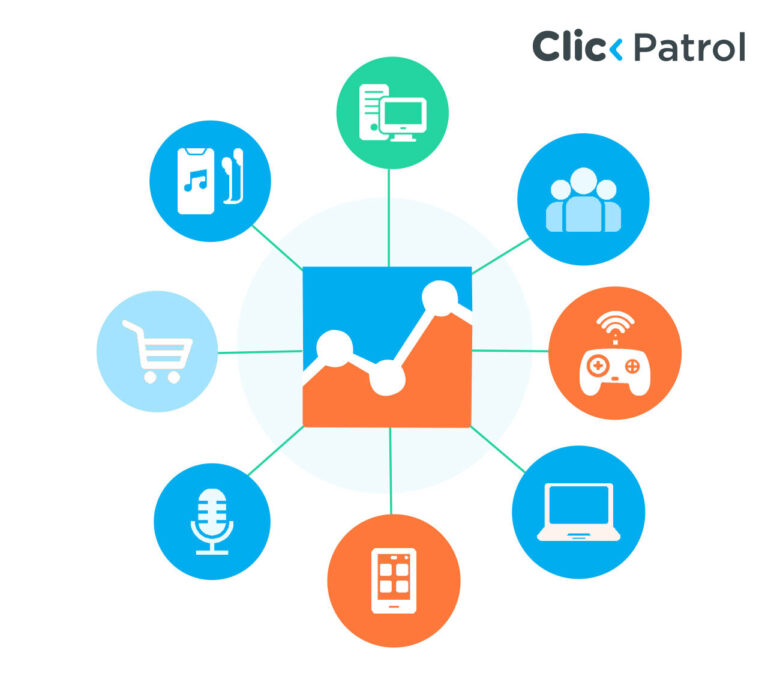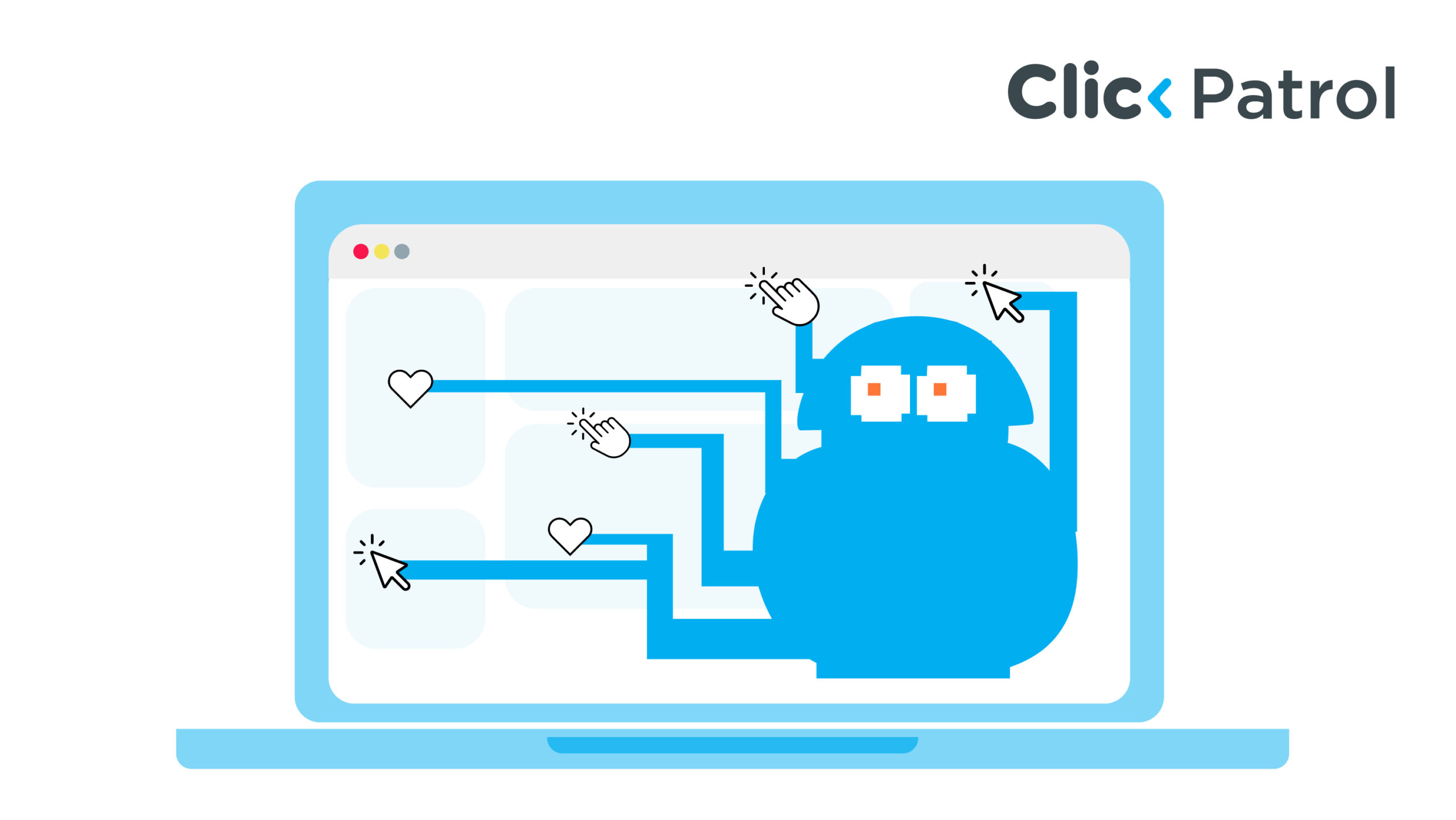
The Ultimate Bad Bot Guide
Abisola Tanzako | Sep 12, 2024

Table of Contents
- Understanding bots
- What are bad bots?
- Impact of bad bots
- 1. Legal and regulatory implications:
- 2. Data breaches:
- 3. Disruption of operation:
- 4. Adverse effect on SEO:
- 5. Financial losses:
- How to detect bad bots
- How to stop bad bots from websites
- 1. Use of CAPTCHAS:
- 2. Rate limiting and request throttling:
- 3. Web application firewalls (WAF):
- 4. Use of specialized bot management systems:
- Key to bad bot protection
- FAQs
Over the last few years, bad bots have remained a plague for online businesses.
With the advancement of technology, businesses, organizations, and corporations have integrated bots to undertake some of their tasks. This has helped improve efficiency and enabled quick service delivery for these organizations. Not all bots are built with beneficial intent. Some studies have shown that a significant amount of internet traffic consists of bad bots that wreak havoc on online platforms.
This article will explore bad bots and all it entails.
Understanding bots
Bots, short for robots, are automated software programs built to perform relatively simple and repetitive tasks over the Internet. They often mimic human behavior and perform tasks faster than humans. Bots can be classified into two categories: good and bad.
Good bots: these bots are designed for beneficial purposes, are usually deployed by reputable companies, and can be used to perform tasks. Examples of good bots are:
Search engine crawlers: these bots crawl web pages to signal them for search engines such as Google and Ask.com.
Chatbots: these are bots designed to interact with clients, offer assistance, respond to queries, and help with troubleshooting. They improve the effectiveness of customer service and deliver prompt service.
What are bad bots?
Bad bots are designed with malicious intent to carry out tasks, including click fraud, DDoS attacks, web scraping, and spam.
Types of bad bots and what they do
Types of bots include:
1. Scraper bots:
Web scraping is the process of extracting data from websites using bots. Depending on how it is used, scraping can have positive and negative impacts on businesses. Scraper bots can harm businesses by stealing their contents, undermining their competitive advantage, and making them prone to fraud and cyberattacks.
2. Credential stuffing
These bots are one of the most common automated threats online businesses face. Attackers use bad bots to hijack user accounts by automatically entering known usernames and password combinations that have been leaked in data breaches or bought on the dark web.
These bots keep trying different combinations until they successfully access an account. Credential stuffing often succeeds because many people use the same usernames and passwords across different accounts.
3. Click fraud bots:
This uses click bots to carry out fraudulent activities. Click fraud occurs when a person or a bot pretends to be a legitimate web user and clicks on an ad or a link. This makes the website think legitimate users interact with the webpage or ad. It is the practice of clicking on Pay Per Click (PPC) advertisements, sometimes to harm the advertiser’s budget and sometimes for financial benefit.
It primarily relates to affiliate marketing, search engine marketing (SEM), and mobile ads. It usually influences ad campaigns.
4. Distributed denial of service bots (DDoS):
An intentional attempt to obstruct regular activity on a server, service, or network by swamping the target or its surrounding infrastructure with excessive internet traffic is a distributed denial-of-service (DDoS) assault. DDos bots are used to bombard websites with traffic, making the website crash or become inaccessible to legitimate users.
4. Spam bots:
Spam is any unwanted, unsolicited digital communication in bulk. Spam bots deliver spam, including junk mail, irrelevant comments on forums, and other spam activities. Spammers often utilize fake email addresses to make it look like the messages are from a legitimate source that the receiver may recognize or use, and they regularly send out large volumes of emails to install malware or steal account information via phishing attempts.
5. Scalper bots:
These bots automate the acquisition of rare or in-demand goods from online auction sites, ticketing systems, and e-commerce websites. They operate by continuously requesting to buy goods as soon as they become available, frequently bypassing security measures and rate constraints. Scalper bots can quickly exhaust stock and resell goods on secondary markets for exorbitant rates.
Impact of bad bots
Aside from the specific company, destructive bot assaults can have far-reaching and complex effects on its partners, consumers, and the larger digital ecosystem. The following are some of the effects:
1. Legal and regulatory implications:
Bad bot assaults may break cybersecurity, consumer protection, data privacy laws, rules, and industry standards. Organizations risk fines, legal action from affected parties or regulatory bodies, and regulatory investigations if discovered to be in violation.
2. Data breaches:
bad bot attacks can potentially cause data breaches and reveal private information, such as trade secrets, payment information, and client information. This may lead to legal consequences, regulatory fines, and reputational harm to the affected organization.
3. Disruption of operation:
Bad bot attacks tend to interfere with the regular operation of websites, apps, and online services, resulting in delays, poor performance, and decreased user and staff productivity. This may impact how businesses operate and generate revenue in various ways. The most popular way to interfere with operations is using a distributed denial-of-service attack powered by bots.
4. Adverse effect on SEO:
Web scraping and content scraping by bad bots can harm a website’s search engine optimization (SEO) efforts by creating duplicate information, diluting the importance of keywords, and interfering with indexing. This may result in a drop in organic traffic, search engine ranks, and online exposure.
5. Financial losses:
Bad bot attacks can cause businesses to suffer large financial losses due to revenue theft, fraudulent transactions, higher operational costs for attack mitigation, and possible fines or legal fees for breaking regulations.
How to detect bad bots
Over time, it has become challenging to detect bot traffic; however, these are a few indirect ways to detect bot traffic on a website.
1. Abnormally high bounce rate: every bot has a goal it wants to achieve, and when that goal is achieved or not, the bot leaves immediately. This will result in abnormally high and fast bounce rates because bots operate in milliseconds.
2. Spike in traffic from unknown locations: Increased traffic from locations alien to a website could point to bot activities.
3. Junk conversions: When there is a rise in strange contact form submissions, people adding products to their shopping carts repeatedly but not buying anything or an abrupt increase in bouncebacks from your free newsletter, this is probably an indicator of bad bot activity.
4. Unsuccessful CAPTCHA attempts: CAPTCHA is usually easy for humans but hard for bots. A rise in failed CAPTCHA attempts could signify bot activities.
How to stop bad bots from websites
Ways to stop bad bots include the following:
1. Use of CAPTCHAS:
CAPTCHA is a challenge-response test frequently used on web pages to assess if a user is human. Presenting these tasks, which are simple for people to complete but challenging for bots, creates a layer of security for these web pages. CAPTCHAs are intended to stop spam, bot attacks, and website data scraping. For instance, bots may find it difficult to recognize objects in pictures or interpret distorted writing, while people can do these jobs efficiently. Websites can filter out undesirable traffic and safeguard resources and services by requiring users to pass a CAPTCHA test.
2. Rate limiting and request throttling:
Request throttling slows down the rate at which requests are handled, whereas rate limitation limits the requests a user can make in a specified time. These methods can be customized to reduce the requests from a specific IP address that can be made in a specified time. Any more queries from an IP address that exceeds this limit will be prevented until the next time.
3. Web application firewalls (WAF):
A web application firewall protects online applications by filtering and observing HTTP traffic between any web application and the internet. Generally, it defends online applications against several attacks, including file inclusion, SQL injection, cross-site scripting (XSS), and cross-site forgery.
4. Use of specialized bot management systems:
Bot management systems such as ClickPatrol have become paramount. This will help businesses secure their online platforms from bad bot attacks.
Key to bad bot protection
The threats posed by bad bots keep growing as technology evolves, making them a cause for concern for online platforms. Bad bot attacks have caused significant damage to online platforms and could even lead to the collapse of some businesses. Therefore, it becomes important to recognize bad bot activities on online platforms and mitigate them effectively.
Businesses must be proactive and regularly update their online security protocols to curb the menace caused by bad bots efficiently. This will enable the easy flow of the platforms and an overall secure site for legitimate users.
FAQs
Q.1 What are bad bots, and how do they differ from good bots?
Bad bots are automated software built with malicious intent and are used to carry out fraudulent acts like DDoS attacks and click fraud, while good bots are built with beneficial intent and are used to carry out tasks like chatbots and web crawling.
Q.2 Can I protect my website completely against bad bots?
Bad bots are evolving, and so is the digital space. Ensuring the online platform security apparatus is up to date and regularly monitoring the site can protect it from bad bot attacks.





